Why irish cuisine deserves your attention.
Ireland’s cuisine has transformed from its humble beginnings, shaped by the hardships of the past, into a vibrant culinary landscape that emphasizes the use of locally sourced, fresh ingredients. The country’s fertile lands and nearby seas offer exceptional ingredients, ranging from rich dairy products to delectable seafood. Chefs in Dublin, Cork, and Galway are revolutionizing Irish cuisine by infusing it with contemporary elements, receiving Michelin stars and international recognition.
A brief history of irish food.
Ireland’s culinary heritage has been heavily influenced by centuries of agricultural practices and economic difficulties, resulting in the creation of staple foods such as potatoes and oats, which were developed out of necessity. The famine of the 1840s had a profound impact, but today’s Ireland cherishes its history while also embracing innovation. Consider classic stews alongside innovative creations like the spice bag, a trendy takeout option.
The contemporary Irish cuisine.
Ireland’s culinary scene is incredibly diverse, ranging from Michelin-starred restaurants to humble roadside chippers. Dublin, a city known for its fast-food culture, has 58.4 fast-food outlets per 100,000 people. However, it’s the local pubs and farm-to-table eateries that truly stand out, showcasing the country’s exceptional produce in their dishes.
1: A full Irish breakfast is a satisfying way to begin the morning.
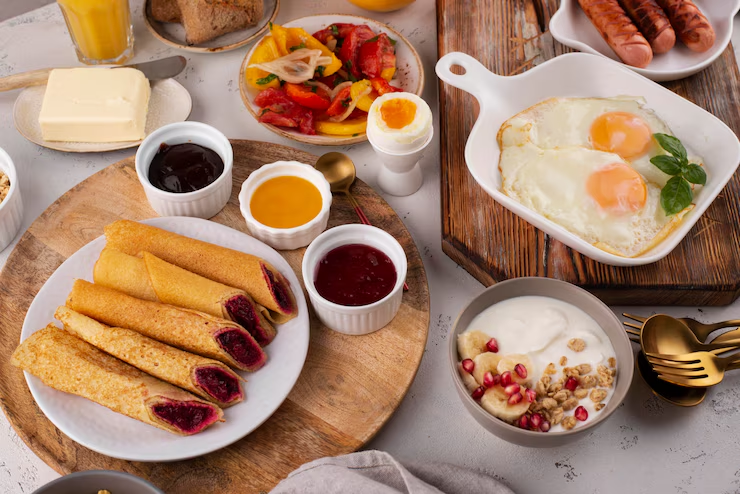
Imagine a plate overflowing with fried eggs, sausages, rashers, and black pudding, accompanied by a hot cup of tea. The traditional Irish breakfast is a cultural symbol, intended to provide sustenance for a day of exploration (or recovery from a night of drinking). I still remember my first time staying in a limousine hotel, where the enormous size of the dinner plate brought me uncontrollable laughter.
What’s in a full irish?.
This morning meal usually consists of fried eggs, bacon (raspberries), sausages, black and white pudding, grilled tomatoes, mushrooms, baked beans, and toast or soda bread. Some versions include hash browns or potato pancakes. It’s a calorie-dense meal, ideal for cold Irish mornings.
Where to attempt it.
To immerse yourself in the local culture, consider visiting establishments such as the morrison in Dublin, which offer an authentic experience. Even though gas station cafes are often associated with cheap food, they can surprisingly offer delicious and affordable options. You can anticipate paying between €8 and €15, depending on the location.
Pros and cons of the full irish.
Pros: satisfying, easily accessible, highlights regional produce.
Cons: some people may find it too heavy, and not everyone may enjoy the taste of black pudding.
2: Irish stew: a hearty dish of tender meat and vegetables in a rich broth.
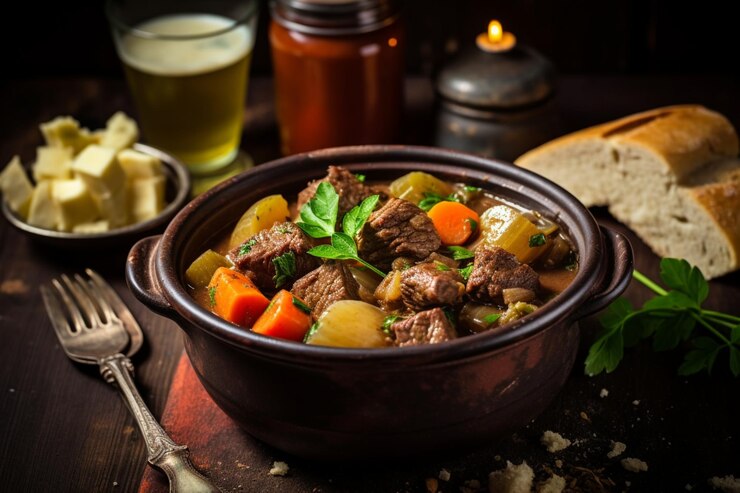
Irish stew is like a comforting embrace in the form of a delicious meal. This dish, made with lamb, potatoes, carrots, and onions, is a true representation of tradition. During a rainy afternoon in Connemara, I relished a bowl of soup so flavorful it transported me to the heart of Ireland.
The key to a delicious stew.
The most delicious stews incorporate connemara lamb and allow the ingredients to simmer slowly, resulting in a harmonious blend of flavors. Some recipes incorporate Guinness for added complexity, while purists prefer to use water or broth. Adding fresh herbs like thyme or parsley enhances the flavor of the dish.
Where to locate it.
Seek out it in establishments such as pubs like the gravediggers in Dublin or quaint eateries in Kerry. The cost of the product ranges from €10 to €18. To experience a home-cooked atmosphere, consider food tours in Galway to savor the diverse regional flavors.
Irish stew vs. Shepherd’s pie.
Dish:
Key components.
Preparation:
Best for.
Irish stew is a hearty dish that consists of meat, potatoes, carrots, onions, and herbs, cooked in a rich broth.
Ingredients: lamb, potatoes, carrots, onions.
Simmered for an extended period of time in a flavorful liquid.
Chilly, frosty nights.
Shepherd’s pie is a traditional British dish made with minced lamb, potatoes and a creamy sauce.
Ingredients::
Prepared in a casserole.
Family dinners.
3: Irish soda bread: a traditional treat.
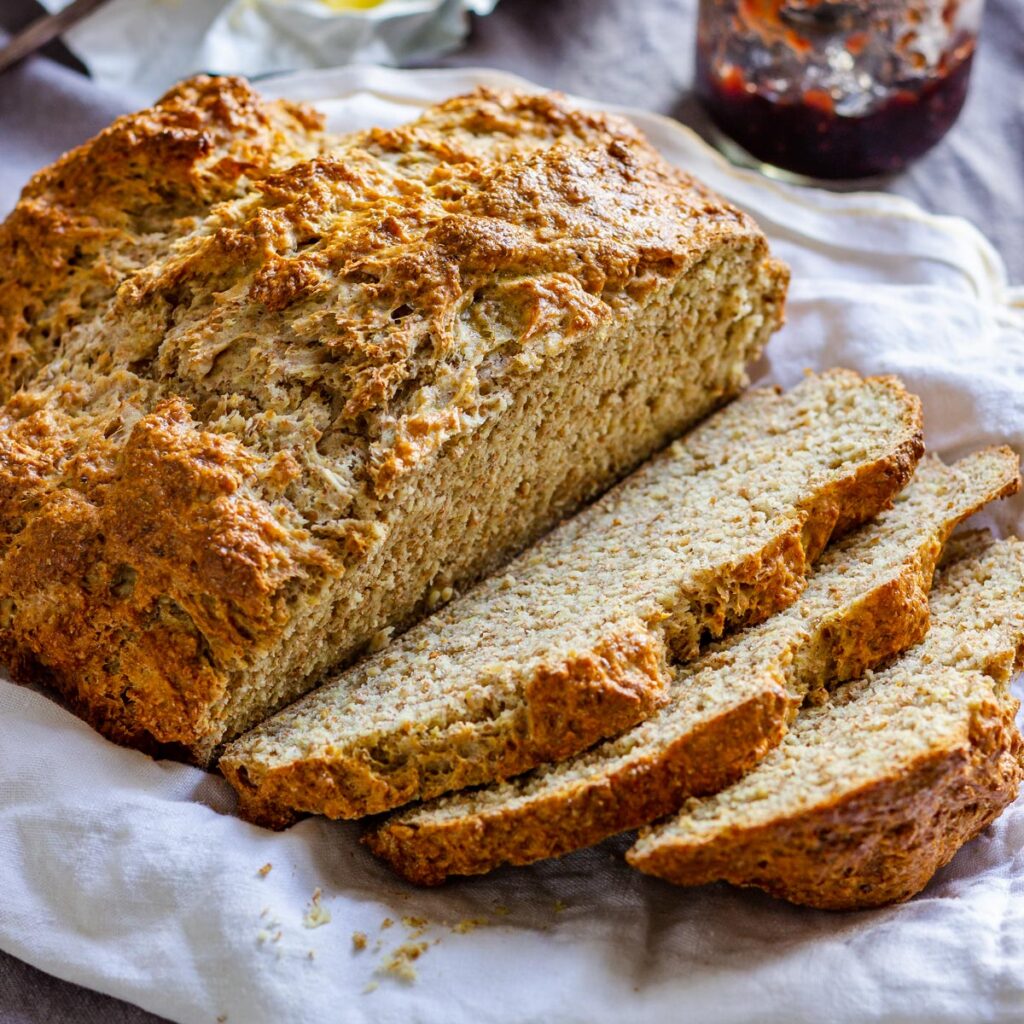
Soda bread is the Irish specialty for those who adore carbs. Its rich, slightly sweet texture, generously spread with kerrygold butter, is pure enchantment. I once witnessed a galway baker effortlessly create a loaf of bread in a matter of minutes, showcasing the simplicity that adds to its charm.
What makes it unique.
Prepared with flour, baking soda, buttermilk, and salt, soda bread is a simple recipe that can be whipped up in no time and used in a variety of dishes. The most optimal choice is to consume freshly baked loaves, as they tend to lose moisture rapidly. Pair it with soup or breakfast for maximum delight.
Where to obtain it.
While most cafes and pubs offer soda bread, it is worth visiting artisan bakeries like the one in Dingle for exceptional versions. A loaf of bread typically costs between €3 and €6, or you can enjoy a slice with butter for a more affordable price of €1 to €2.
Suggestions for Savoring Soda Bread.
Always choose fresh, hot slices.
Spread a thick layer of Irish butter onto your toast.
Pair with smoked salmon for a sophisticated twist.
4: Colcannon: mashed potatoes with a unique flavor.
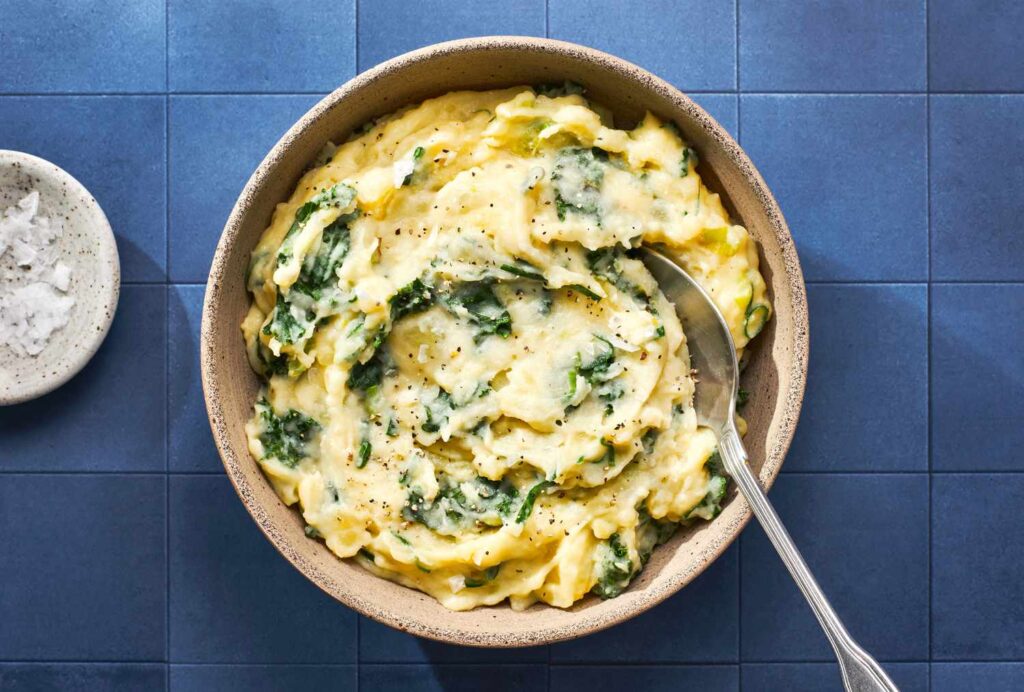
Colcannon is a variation of mashed potatoes that elevates the dish by incorporating kale or cabbage, green onions, and generous amounts of butter. I had my first taste of it at a pub in Dublin, and I was instantly captivated by its rich, creamy and savory flavor.
How it’s made.
Potatoes are mashed with milk or cream, then combined with cooked greens and scallions. Brown butter imparts a rich, toasty flavor. It’s frequently served as a side dish but can easily steal the spotlight.
Where to attempt it.
Discover colcannon in traditional pubs like O’Donoghue’s in Dublin or at food festivals in Cork. You can anticipate spending between €5 and €8 on a side dish.
Pros and cons.
Pros: soothing, economical, plant-based.
Pros: rich in flavor, easy to make. Cons: high in fat, not suitable for weight loss.
5: Seafood and fries: a coastal treat.
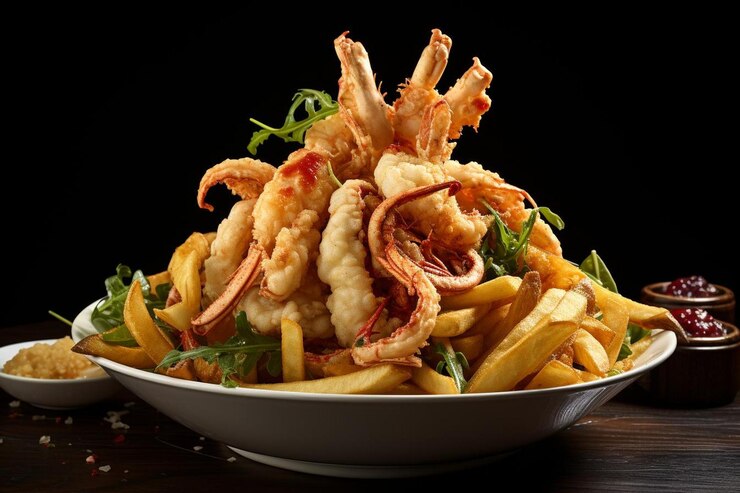
Nothing truly captures the essence of the Irish coast like a plate of fish and chips—a perfectly crispy fish, accompanied by thick-cut fries and creamy peas. My initial taste in Galway, overlooking the Atlantic, was a revelation: a perfectly cooked fresh cod with a satisfying crunch.
What distinguishes it from other countries.
Ireland’s close proximity to the sea guarantees the availability of high-quality fish, commonly cod or haddock. The mushy peas and tartar sauce are essential. Some areas include a lemon slice for flavor.
Where to locate the finest.
If you’re in Dublin or Galway, make sure to visit Leo Burdock or McDonagh’s for their famous fish and chips. The cost of the product ranges from €10 to €15. For a cost-effective choice, consider local chip cutters.
Irish and British fish and chips are both popular dishes that consist of fried fish and potatoes, but they have some differences in their ingredients, preparation, and taste.
Aspect:
Éireann:
British:
Fish:
Cod or Haddock.
Cod, haddock, or plaice.
Chips:
Thick-cut, crispy.
Thinner, sometimes more delicate.
Sides:
Mashed potatoes, lemon sauce.
Mashed peas, spicy gravy.
People also ask (paa).
What are some typical dishes from Ireland?
Irish cuisine is known for its comforting and filling dishes such as Irish stew, colcannon, and soda bread, which are deeply connected to the country’s agricultural heritage. These dishes focus on using locally sourced ingredients such as potatoes, lamb, and dairy, often cooked in a straightforward manner to showcase their exceptional taste.
What is the traditional food of Ireland?
Although not officially recognized, Irish stew is often regarded as Ireland’s national dish. Crafted with lamb, potatoes, and root vegetables, it represents the nation’s culinary traditions and is a beloved dish in both households and pubs.
Where can I sample genuine Irish cuisine in Dublin?
Dublin’s top destinations include the winding staircase for upscale traditional cuisine, O’Neill’s pub for hearty classics, and the old storehouse for a cozy atmosphere. Food tours, such as those offered by walks, provide an opportunity to taste a variety of dishes.
Can you suggest vegetarian dishes in Irish food?
Absolutely, dishes such as colcannon, soda bread, and potato soup are inherently vegetarian. Numerous eateries now provide plant-based alternatives to traditional dishes, such as vegan shepherd’s pie, particularly in cities like Dublin and Cork.
How to savor Irish cuisine like a native.
To fully appreciate Ireland’s culinary delights, immerse yourself in its rich food culture. Participate in a food tour at the beginning of your journey to uncover regional specialties, and later revisit your favorite dishes at local pubs or markets. Explore farmers’ markets such as cork’s English Market to find locally grown fruits and vegetables, as well as artisanal cheeses. To gain practical knowledge, enroll in cooking classes led by experienced chefs who specialize in traditional recipes. Platforms like cozymeal provide both online and in-person classes to help individuals learn how to make popular dishes like soda bread.
Recommendations for Savvy Explorers
To ensure a memorable food tour experience, it is advisable to book early with reputable companies like walks.
Discover more than just Dublin: coastal towns like Galway and Dingle provide outstanding seafood options.
Explore local markets: the English Market in Cork or St. George’s market in Belfast are filled with a wide variety of Irish produce.
Your Irish culinary journey is about to begin.
Ireland’s gastronomic landscape is a captivating odyssey, encompassing the rich tapestry of its past, the tantalizing flavors it offers, and the cutting-edge culinary innovations it embraces. From the comforting simplicity of colcannon to the bold spice of a takeaway bag, these top 10 foods offer a taste of the Emerald Isle’s heart and soul. My personal experiences—ranging from Dublin’s vibrant pubs to Donegal’s charming cafes—illustrated to me that Irish cuisine is as varied as its diverse landscapes. Whether you’re relishing a pint of Guinness or a slice of rhubarb tart, each mouthful narrates a tale of heritage and patriotism. So, make sure to pack your stretchy pants, plan that food tour, and immerse yourself in Ireland’s mouthwatering cuisine. Your palate will appreciate it.
